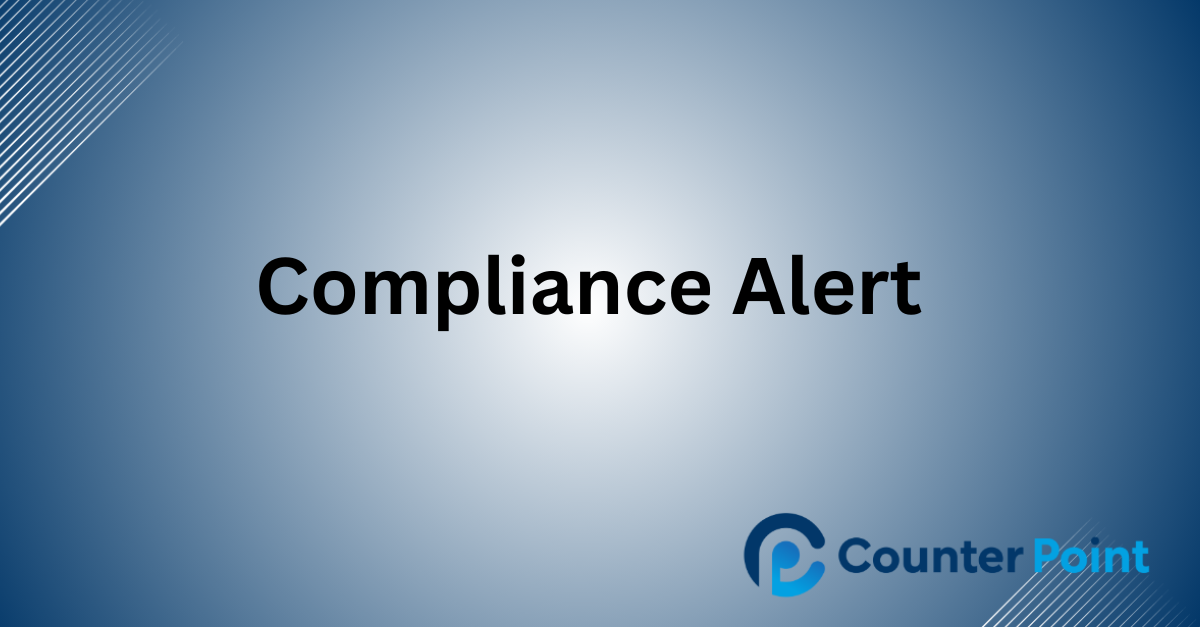Now is the right time to build an open enrollment strategy that boosts employee satisfaction, while reducing the administrative workload for your small business.
As retaining top talent becomes increasingly important, every touchpoint—including benefits enrollment—matters. A frustrating enrollment experience can leave employees feeling dissatisfied and even prompt them to seek other opportunities. By streamlining the benefits enrollment process, you can retain your workforce and save time to focus on bigger strategic goals. Whether you have a team of 5 or 500, a streamlined benefits enrollment process is critical to creating meaningful experiences for your employees.
Here are 4 tips to streamline open enrollment for your small business:
1. Review Benefit Offerings
The right benefits are important to employees, and many will shop around for an employer that can offer what they want. Employee’s needs are constantly evolving. To find out what they want, go to the source. Pulse surveys are a great way to find out what your employees value most. Questions can include:
- Are you happy with your current benefits?
- Do you feel satisfied with the selection of benefit options?
- What additional benefits would best support your needs?
2. Create a Communication Strategy
One common challenge with benefits enrollment is insufficient communication. To address this, take a proactive approach by keeping employees informed year-round, not just during the open enrollment period. Regularly update them on key dates and provide clear details about their benefits to ensure a positive overall experience.
Provide employees with easy access to the information they need to make their selections. This might include health plan brochures, benefits guides from your broker, or an online cost comparison tool. Employees will have questions; provide them with a detailed FAQ that provides clear answers, as well as a point of contact who can help with more complex questions.
3. Enhance the Open Enrollment Experience
When employees lack a clear understanding of their benefits, they often pay premiums for services they rarely use—or worse, miss out on enrolling in essential benefits. This can lead to reduced benefits engagement, lower utilization, unexpected financial burdens, and wasted resources. To prevent this, provide your employees with key questions to consider before open enrollment begins. This helps ensure they make informed decisions that align with their needs and lifestyle. Questions can include:
- Who in my family needs coverage?
- What coverage options are available?
- Which option best fits my needs and lifestyle?
- What will it cost each paycheck?
4. Consider Technology for Open Enrollment
The right software can automate workflows and enhance the experience for everyone across the organization. Human capital management (HCM) technology simplifies routine HR tasks, giving employees a single system to handle essential functions like onboarding, requesting time off, accessing paystubs, and enrolling in benefits. When benefits administration is integrated into the same platform, it further streamlines the process, making it easier for both employees and employers.
Counter Point has solutions and resources that can help streamline benefits enrollment for your business. Request a call today to learn more!







